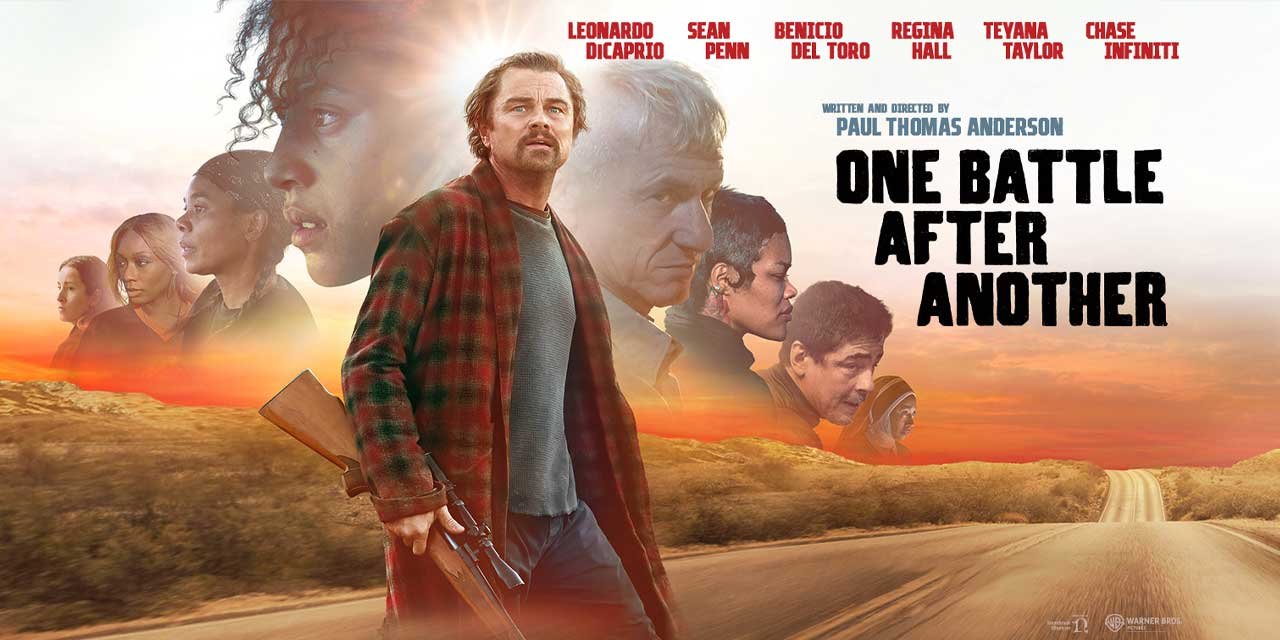
Roma on Netflix: Alfonso Cuarón’s Cinematic Masterpiece
Introduction: Cuarón’s Cinematic Triumph on Netflix
In the ever-evolving landscape of the film industry, Netflix has emerged as a formidable player, attracting some of the most acclaimed directors to produce their works on the platform. From David Mackenzie’s Hell or High Water to the Coen brothers’ The Ballad of Buster Scruggs, and Paul Greengrass’ 22 July, Netflix has consistently delivered cinematic experiences that captivate audiences worldwide. However, the true game-changer in this arena is Alfonso Cuarón’s Roma, a film that not only premiered on the streaming platform but also made history by winning the prestigious Golden Lion at the Venice Film Festival.
Cuarón’s Roma is a cinematic masterpiece that transcends the boundaries of traditional filmmaking. Set in the early 1970s in Mexico City, the film follows the life of Cleo, a domestic worker in the household of a middle-class family. Through her eyes, we witness the intricate tapestry of everyday life, the joys and sorrows that shape the human experience, and the profound impact of societal and political upheaval on the lives of ordinary people. In this in-depth exploration, we will delve into the artistic brilliance, the personal significance, and the cultural resonance of this remarkable film.
Cuarón’s Artistic Vision: Capturing the Essence of Life

At the heart of “Roma” lies Cuarón’s unwavering commitment to capturing the essence of life in all its complexity. The film’s black-and-white cinematography, shot in stunning 65mm, is a testament to the director’s meticulous attention to detail and his ability to transform the mundane into the sublime. The long, uninterrupted takes that characterize Cuarón’s style allow the audience to immerse themselves in the rhythm and flow of everyday life, creating a sense of intimacy and authenticity that is rarely seen in contemporary cinema.
One of the most striking aspects of “Roma” is the way Cuarón places Cleo, the domestic worker, at the center of the narrative. Traditionally, such characters have been relegated to the margins of the story, but here, Cleo becomes the conduit through which we experience the world. Her quiet strength, her unwavering dedication, and her profound emotional journey are the driving forces that propel the film forward, inviting the audience to see the world through her eyes.
Cuarón’s masterful use of long, static shots and his ability to capture the nuances of human behavior and interaction are particularly evident in the film’s most poignant moments. Whether it’s the tender exchange between Cleo and the family’s matriarch, or the harrowing sequence depicting the student protests in Mexico City, Cuarón’s camera remains steadfast, allowing the audience to fully immerse themselves in the emotional landscape of the characters.
Cleo’s Journey: A Reflection of Mexico’s Past and Present
At the heart of “Roma” is the character of Cleo, a young domestic worker whose life becomes inextricably linked to the family she serves. Played with remarkable subtlety and depth by Yalitza Aparicio, Cleo’s journey is a reflection of the complex social and political realities of Mexico in the early 1970s.
Cleo’s character is a testament to the resilience and strength of the marginalized members of society, those whose stories are often overlooked or overshadowed by the dominant narratives. Through her eyes, we witness the challenges and hardships faced by domestic workers, who are expected to shoulder the burdens of the household while often being denied the basic rights and dignities afforded to their employers.
Yet, Cleo’s character is not defined solely by her social status or the challenges she faces. Cuarón’s masterful storytelling allows us to see the depth and complexity of her inner life, her hopes, and her dreams. In one particularly poignant scene, Cleo confesses her unexpected pregnancy to the family matriarch, a moment that showcases the director’s ability to capture the raw emotions and vulnerabilities of his characters.
Beyond Cleo’s personal journey, “Roma” also serves as a powerful reflection of Mexico’s tumultuous past and the ongoing struggles for social and political change. The film’s backdrop of the student protests and the Corpus Christi massacre of 1971 serves as a haunting reminder of the country’s history of oppression and the resilience of its people. Cuarón’s decision to weave these historical events into the narrative underscores the film’s broader thematic concerns, inviting the audience to consider the ways in which personal and political narratives intersect.
Cinematic Techniques and Themes: Cuarón’s Masterful Storytelling
One of the most striking aspects of “Roma” is Cuarón’s masterful use of cinematic techniques to convey the film’s themes and emotions. The film’s black-and-white cinematography, shot in stunning 65mm, is a deliberate choice that adds a sense of timelessness and authenticity to the proceedings. The rich, textured images capture the nuances of light and shadow, creating a visual tapestry that is both visually stunning and emotionally resonant.
Cuarón’s use of long, uninterrupted takes is another hallmark of his filmmaking style, and it is particularly effective in “Roma.” These extended sequences allow the audience to fully immerse themselves in the world of the characters, to observe the subtle shifts in their behavior and the rhythms of their daily lives. In one particularly memorable scene, the camera follows Cleo as she navigates the bustling streets of Mexico City, weaving through the crowds and traffic with a grace and fluidity that is both mesmerizing and deeply moving.
Cuarón’s use of long takes and static camera positions creates a sense of intimacy and authenticity, allowing the audience to fully engage with the characters and their experiences.
The film’s black-and-white cinematography adds a timeless quality to the proceedings, while also highlighting the nuances of light and shadow that are so crucial to the film’s emotional impact.
The film’s soundtrack, which features a mix of classical music and traditional Mexican folk songs, further enhances the sense of place and cultural identity that is so central to the film’s themes.
At its core, “Roma” is a film about the human experience, about the ways in which our personal lives are shaped by the larger social and political forces that surround us. Cuarón’s masterful storytelling invites the audience to consider the ways in which class, gender, and cultural identity intersect, and how these intersections can both empower and oppress individuals.
The film’s themes of family, loss, and resilience are particularly poignant, as Cuarón explores the ways in which the personal and the political are inextricably linked. The film’s depiction of the student protests and the Corpus Christi massacre serves as a powerful reminder of the ongoing struggle for social and political change, and the ways in which ordinary people are often caught in the crossfire of these larger forces.
Critical Reception and Cultural Impact
Since its release, “Roma” has been widely acclaimed by critics and audiences alike, with many hailing it as one of the greatest films of the decade. The film’s success at the Venice Film Festival, where it won the prestigious Golden Lion, was a testament to Cuarón’s artistic vision and the film’s universal appeal.
Beyond its critical acclaim, “Roma” has also had a significant cultural impact, particularly in Mexico and throughout Latin America. The film’s depiction of the lives of domestic workers and the challenges they face has sparked important conversations about class, gender, and the ongoing struggle for social and economic justice.
Overall, “Roma” is a cinematic masterpiece that transcends the boundaries of traditional filmmaking. Cuarón’s masterful storytelling, combined with the film’s stunning visuals and powerful themes, have cemented its place as one of the most important and influential films of our time. Whether you’re a cinephile or simply someone who appreciates the power of great storytelling, “Roma” is a film that is sure to leave a lasting impression.
Conclusion: The Enduring Legacy of “Roma”
In the ever-evolving landscape of the film industry, Alfonso Cuarón’s “Roma” stands as a shining example of the transformative power of cinema. Through his masterful storytelling and his unwavering commitment to capturing the essence of life, Cuarón has created a film that transcends the boundaries of traditional filmmaking and speaks to the universal human experience.
From the film’s stunning cinematography to the depth and complexity of its characters, “Roma” is a cinematic triumph that will undoubtedly continue to captivate and inspire audiences for years to come. Whether you’re a longtime fan of Cuarón’s work or a newcomer to the world of art-house cinema, this film is a must-see, a testament to the enduring power of the moving image to shape our understanding of the world and our place within it.













Publicar comentário